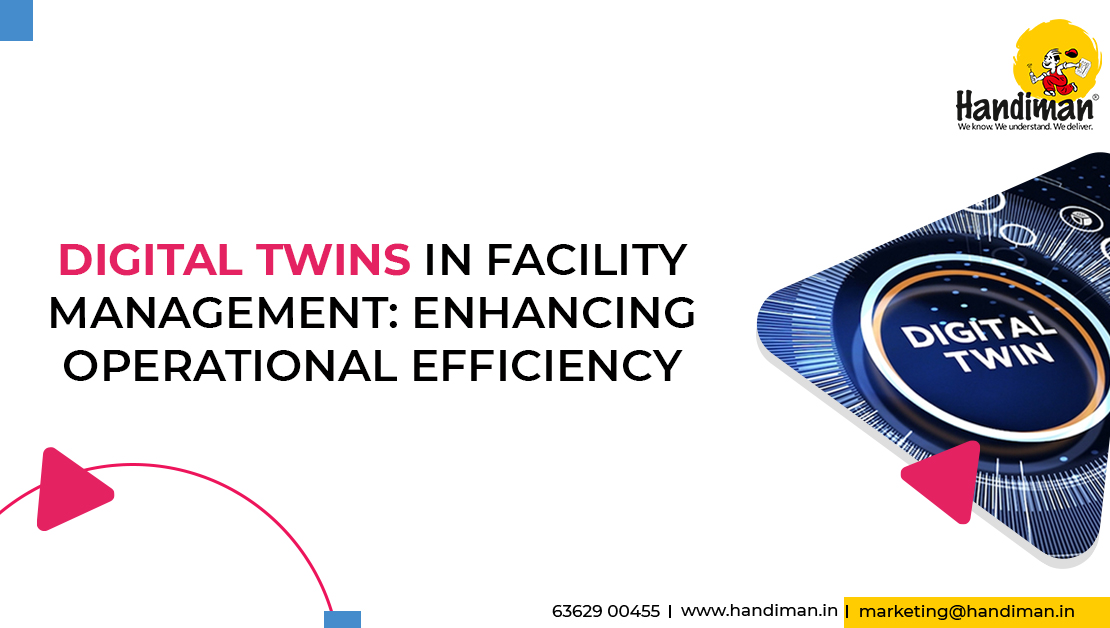
Digital Twins in Facility Management for Enhancing Operational Efficiency
The idea of digital twins has become a game-changer in the field of facility management, changing how businesses maintain and utilize their spaces.
What do you mean by Digital Twin in Facility Management?
A digital twin, as used in facility management, is a computerized model that mimics the physical characteristics of a system or building by using real-time data. It aids in predictive maintenance, space optimization, and overall operational efficiency by providing a dynamic, data-driven representation of the facility for enhanced monitoring, analysis, and decision-making.
This innovative technology has found remarkable applications in the domain of Facility Management, enhancing operational efficiency in numerous ways.
1. Understanding Digital Twins:
- Digital Twins act as virtual representations of physical facilities, incorporating real-time data to simulate their behavior and conditions.
- These digital replicas provide a dynamic and interactive view of facilities, allowing for in-depth analysis and monitoring.
2. Predictive Maintenance:
- One of the key applications of Digital Twins in Facility Management is predictive maintenance.
- Digital Twins can predict any problems by continuously evaluating data from sensors installed in infrastructure and equipment.
- By taking a proactive stance, downtime is minimized, maintenance expenses are decreased, and asset functionality is guaranteed.
3. Space Optimization:
- Digital Twins play a pivotal role in space optimization within facilities.
- Through detailed simulations and data analytics, organizations can assess space utilization, identify underutilized areas, and optimize layouts for improved efficiency.
- This application is particularly valuable in workplaces, where maximizing the utility of available space is crucial for productivity.
4. Operational Efficiency:
- The integration of Digital Twins into Facility Management practices leads to enhanced operational efficiency.
- Real-time data analysis enables quick decision-making, allowing facility managers to respond promptly to changes and challenges.
- This results in streamlined processes, cost savings, and an overall improvement in the performance of the facility.
5. Customized Services:
- Facility managers can make decisions quickly and effectively in response to problems and changes thanks to real-time data analysis.
- As a result, the plant operates better overall and experiences cost savings and process streamlining.
Let's sum up by saying that digital twins are transforming facility management by offering an all-encompassing, data-driven approach to operations. From predictive maintenance to space optimization, the applications of Digital Twins contribute to a more efficient, cost-effective, and responsive management of physical spaces.
As organizations continue to embrace these advancements, the future of Facility Management appears promising with digital innovation at its core.
